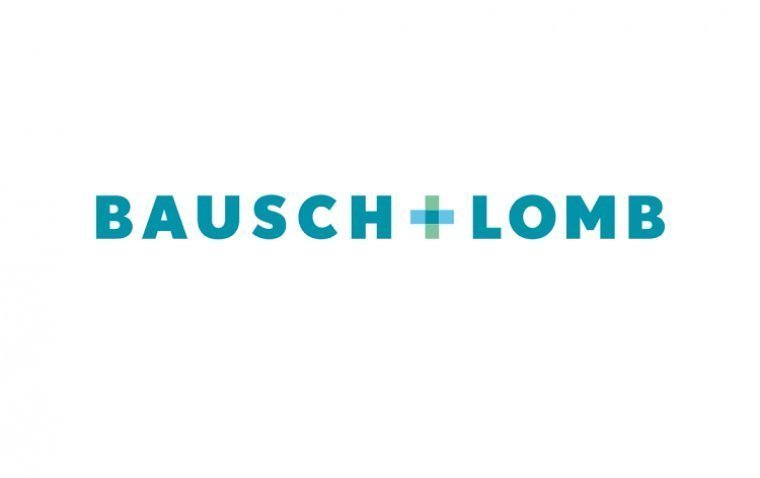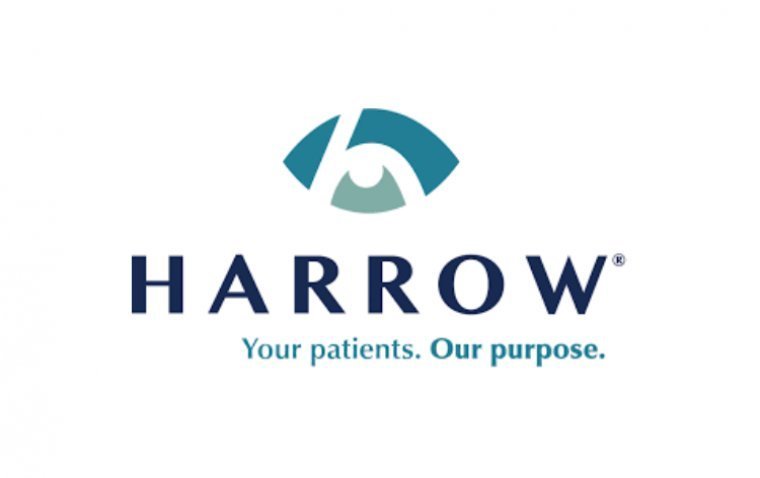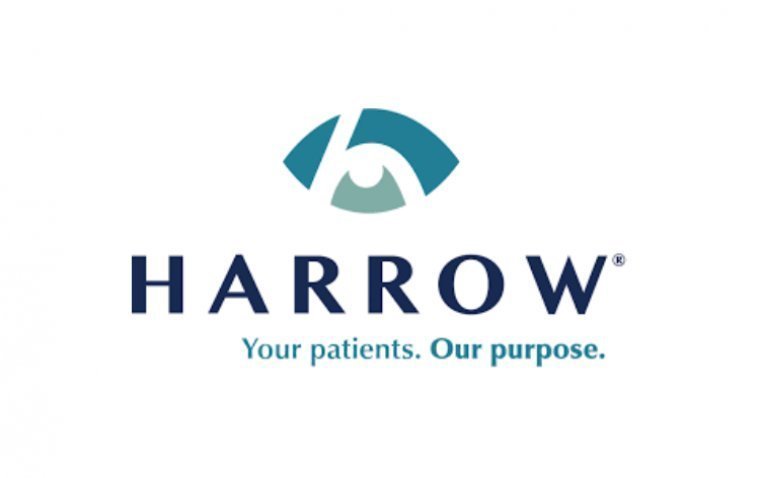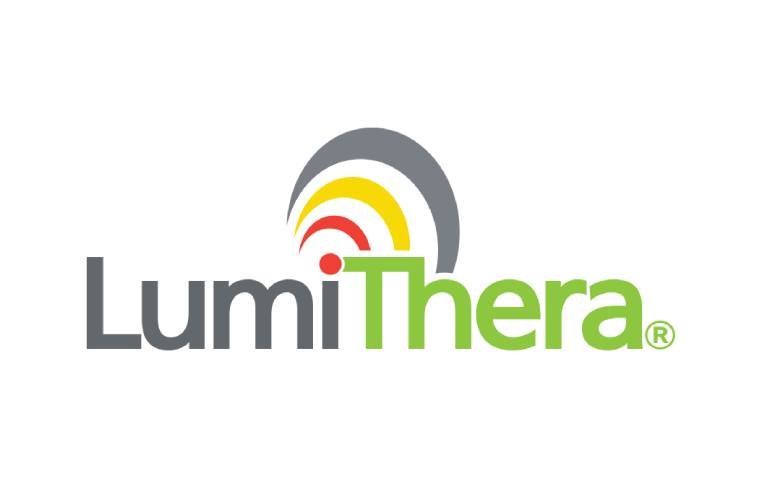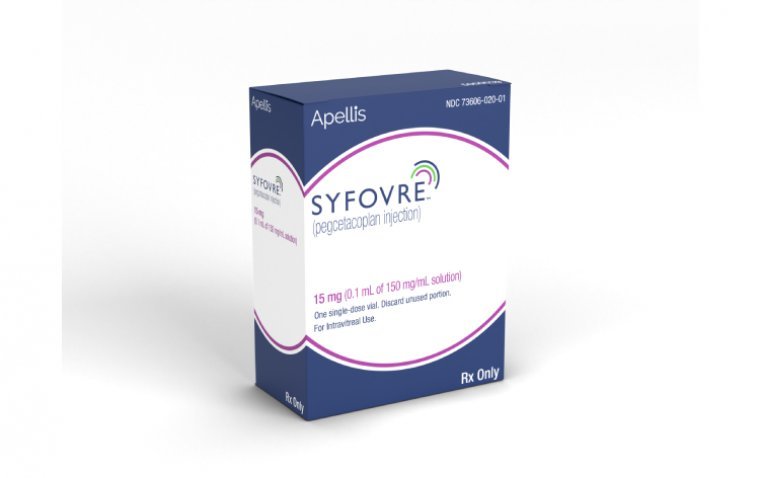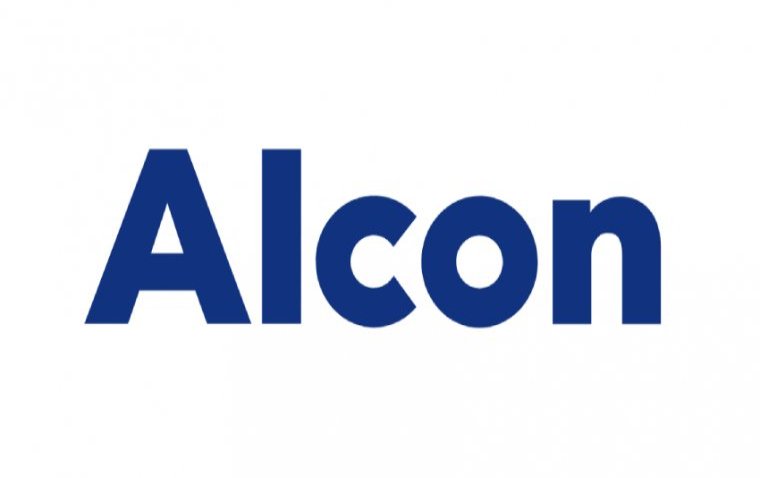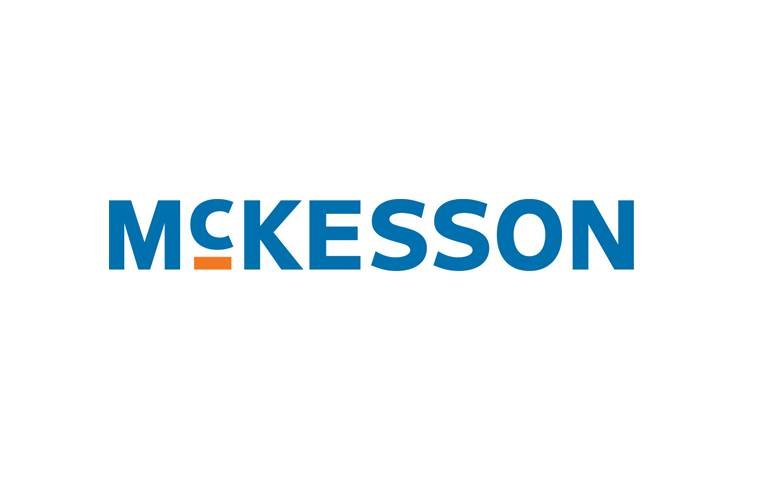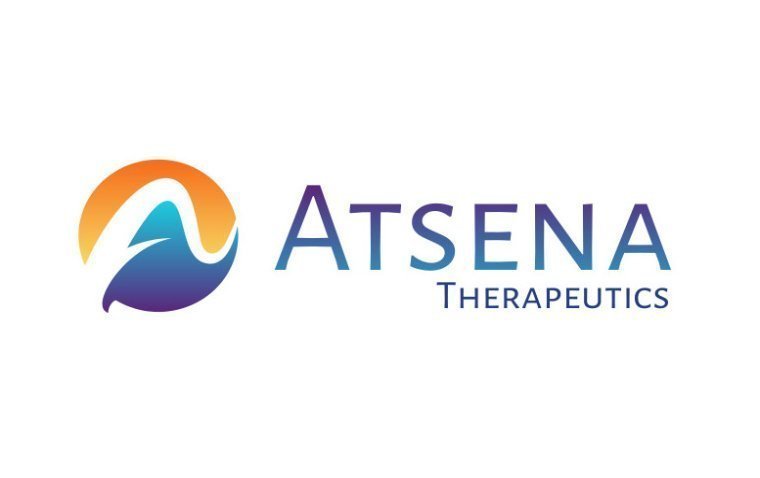
Atsena Therapeutics Secures $150 Million Series C Funding to Advance Ocular Gene Therapy Pipeline
Atsena Therapeutics has successfully closed an oversubscribed $150 million Series C financing round to support the advancement of its gene therapy programs. The funding will accelerate clinical development of ATSN-201, the company’s lead candidate for X-linked retinoschisis (XLRS), and fuel innovation across its broader ocular gene therapy pipeline, including the expansion of its proprietary spreading AAV.SPR capsid technology.
Advancing ATSN-201 for X-Linked Retinoschisis (XLRS)
The capital will be used to further develop ATSN-201, which is currently being evaluated in the LIGHTHOUSE Phase 1/2 clinical trial for XLRS. Atsena recently initiated Part B of the study, with updated data expected later in 2025.
“Closing our Series C marks a pivotal moment for Atsena as we advance our transformative ocular gene therapies and fuel our next phase of growth, innovation, and clinical progress,” said Patrick Ritschel, CEO of Atsena Therapeutics.
“It follows a productive 12 months of key achievements including securing a partner to advance ATSN-101 to a global pivotal trial for Leber Congenital Amaurosis type 1 (LCA1).”
Continued Development of ATSN-101 for Leber Congenital Amaurosis Type 1
In addition to ATSN-201, Atsena continues to develop ATSN-101, a gene therapy candidate targeting LCA1 (Leber Congenital Amaurosis type 1). The therapy has received the following regulatory designations:
• Rare Pediatric Disease Designation
• Orphan Drug Designation
• Regenerative Medicine Advanced Therapy (RMAT) Designation
Strong Investor Support from Leading Healthcare Funds
The Series C round was led by Bain Capital Life Sciences, with participation from new investor Wellington Management. Existing investors that also contributed include:
• Lightstone Ventures
• Sofinnova Investments
• Abingworth
• Foundation Fighting Blindness
• Hatteras Venture Partners
• Osage University Partners
• Manning Family Foundation
Strategic Focus on Genetic Therapies for Vision Restoration
With this latest funding milestone, Atsena strengthens its position in the gene therapy space and reinforces its mission to leverage genetic medicine to reverse or prevent blindness through precision-engineered, capsid-enhanced delivery systems.
(1).jpg)

